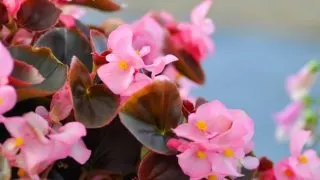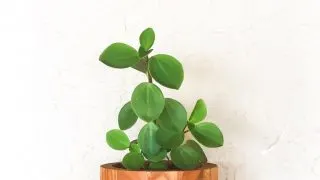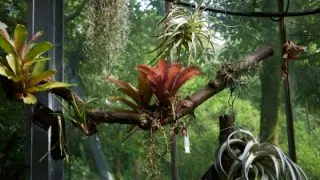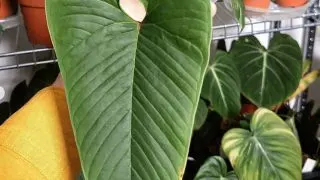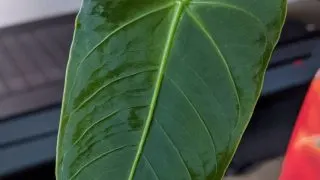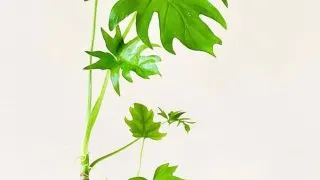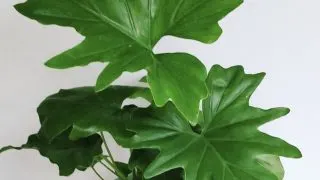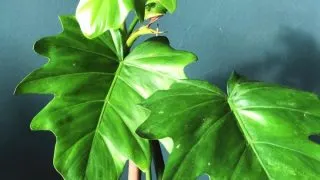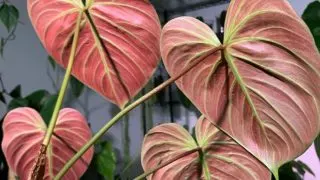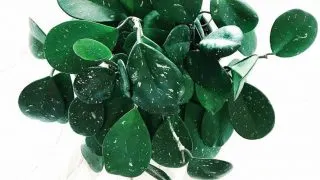Commonly known as Wax Begonia, the Begonia x semperflorens is a compact fibrous begonia with succulent foliage. The leaves are either green tinged with red, or greenish brown tinged with bronze or sometimes a dark beet colour. In full sun the red to bronze tinge grows to a rich blush. Begonia x semperflorens variety flowers …
Plant Care
Today on the Plantophiles menu is the Peperomia blanda, a shrubby Peperomia native to pan-tropical locations like Asia, Africa, Australasia, and Polynesia. Often found growing on damp rocks, creeping and crawling around river ledges, between boulders, and on tree trunks. It is a drought-tolerant, wind tolerant, and relatively low maintenance plant considered pretty hardy by …
Bromeliads are a type of plant that is called an epiphyte. An epiphyte draws moisture from the air and does not need soil to live. It collects its nutrients through the tank in the flower and the leaf axils. This means that while their roots do draw some moisture and nutrients, they are more typically …
(image credit, IG: curiousplantguy) If you are looking at this plant and thinking, “No way this will thrive in normal indoor conditions,” you are kind of right. Sorry to say, this beauty is ideal for greenhouses and very popular in tropical garden conservatories. But when have Plantophiles ever turned their back on a challenge? So, …
Every tropical-plant-loving gardener lives to create a wonderful mosaic or ornamental aroids or members of the Araceae family. The Anthurium angamarcanum is a natural choice for such a collection because it’s slam dunk exotic. Collectors grow Anthurium angamarcanum for the velvety sheen and exaggerated length of the leaf blades. The veins are silvery and prominent. …
The exotic Philodendron warszewiczii is native to the pacific coast of Central Americas along Mexico, El Salvator, Nicaragua and Honduras. According to the Global Biodiversity Information Facility, the species occurs usually on rocks in dry rain forests. The leaves of this large tropical ground runner are bipinnatifid. This means the leaf blades are deeply divided …
(image credits, IG: node.by.node) Are you looking to fill a huge space with an extraordinary tropical plant? The Philodendron bipinnatifidum will deliver. It is also goes by the name of Thaumatophyllum bipinnatifidum, Philodendron selloum, and horsehead philodendron. Although it is not a very popular houseplant, I think it deserves more exposure because of its beautiful vivid …
Philodendrons have been a staple houseplant for decades, decorating homes, schools, offices, and libraries worldwide. Known for their hardiness and low maintenance, philodendrons of all kinds were collected and passed on from generation to generation. This article is dedicated to the Philodendron lacerum, an overlooked species of Philodendron that, in my opinion, should be way …
Philodendron el choco red is a climbing Aroid with velvety leaves. The leaves start out with a striking red abaxial leaf surface that is somewhat fading once the leaves mature. This houseplant is often confused with the Philodendron luxurians choco. Both of these plants are found in the Choco region in Colombia and hence the …
Adding a little greenery is one of the best ways to spruce up your home. But, not everyone likes to get down and dirty in the gardening business. Some homeowners want to enjoy the natural beauty that houseplants provide, without putting in too much effort. For these people, low-maintenance plants like the Hoya obovata is …

